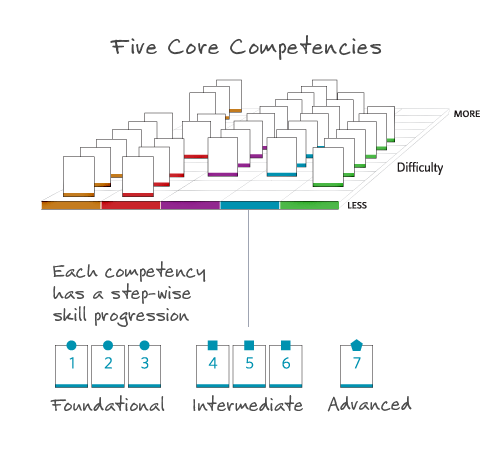TRAINING PROJECT
Increase patient satisfaction through an innovative pre- and post-surgical rehabilitation program
Services
- Analysis and visualization
- Information architecture
- Instructional design and training development
- Communications planning
- Process maps
- Stakeholder communications
Outcomes
- Prepared company to deliver patient satisfaction outcomes that align with surgical outcomes
- Create a program that would position the company as a leader in developing a new "gold standard" for rehabilitation
- Transformed the rehabilitation process into a business asset
- Delivered a program that could be rapidly deployed when the product went to market, and could be easily updated for future evolution of rehabilitation practices
Situation
This client planned to bring a new implantable medical device to market. Surgical outcomes in clinical trials were positive, but patient satisfaction was lower than expected. Analysis showed that patient rehabilitation was essential for successful use of the device but that the standard protocol was insufficient.
Recognizing the information design challenges of developing a new system of knowledge and practice, the client sought our expertise to help them create an innovative rehabilitation program that would deliver improved patient satisfaction.
How we helped
Initially, we helped the client analyze and tease apart the factors that were known and unknown and identify what would be required for success (for the company, the rehabilitation specialists, and the patients). We created visualizations of the proposed protocol, reimbursement process, and medical model to help the client make decisions and clearly articulate issues to the board and key stakeholders. We then created an instructional design framework that consolidated the expertise and innovative practices of multiple specialists into a cohesive step-wise training system for three distinct audiences: patients, rehabilitation specialists, and trainers.
We created a visual guide to help rehabilitation specialists follow an optimized set of best practices as they helped patients reach highly individualized goals and developed a variety of specialized tools and materials for both practitioners and patients.
Samples
Content architecture
We created a multi-layered content system that enables users to easily navigate and use the complex set of protocols and activities developed by rehabilitation experts
Visual guide for individualized treatment
The Care Path map we developed enables care providers to select optimized rehabilitation steps based on individualized patient goals and skill level.
Each box represents real-world activities that patients hope to master, and is supported by a set of specialized activities, assessments, and tools



